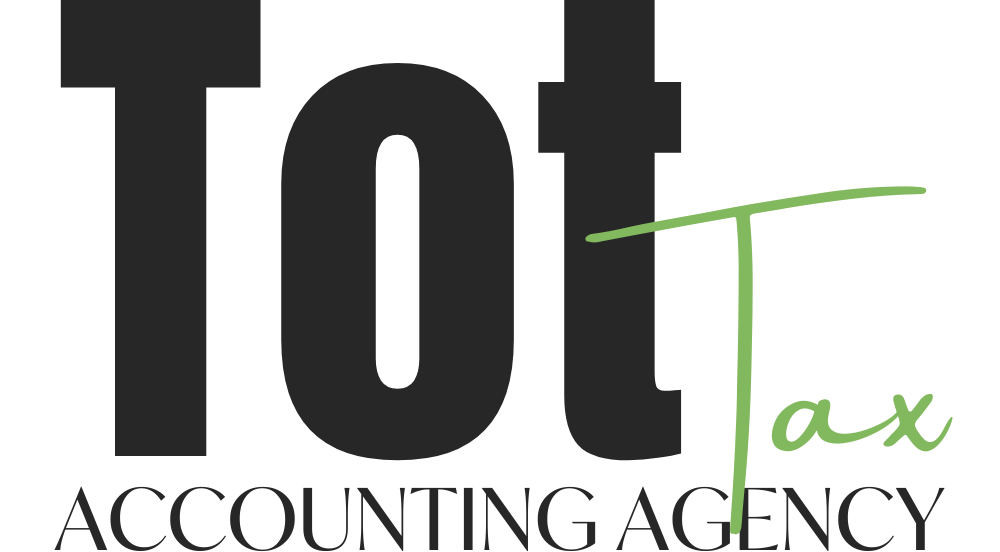Breaking Down the Basics of Tax Avoidance
Nobody wants to run into legal complications involving taxes, that's why the term 'tax avoidance' often leaves a negative impression as most people associate it as an illegal way of evading your dues. However, tax avoidance is completely different from tax evasion, which involves sending false deductions and income reports.
While tax avoidance is often misunderstood, in reality, it is a legal act of minimising your taxes by either rearranging your finances or your activities, so as to give you a break from the government. In essence, tax avoidance is all about outsmarting the tax system to reduce your tax burden.
The Basics of Tax Avoidance: What You Should Know
Tax planning has become a common practice that most of us engage in, to ensure that we are paying the least amount of taxes to the government. Some individuals, however, take tax planning to the next level, by employing legal methods of reducing their tax liability. These methods are what IRS calls ‘tax avoidance’.
Tax avoidance strategies vary from one individual to another, and from one business to another. Businesses, for instance, may use tax avoidance for reducing their taxes as a reaction to the new tax regime, as the tax rates. Other ways to find loopholes in the tax system involves the following tax avoidance methods:
1. Investing in a Retirement Account to Maximise Annual Contributions
Tax-deferred retirement accounts like IRAs, 401(k)s, and 403(b)s, can be used to reduce your taxable income every year. As mentioned above, these tax-deferred retirement accounts allow you to invest your money in these accounts, while delaying the payment of taxes.
In most cases, you won’t be required to pay any taxes on the money you contribute to these accounts until you withdraw the money. Therefore, if you didn’t make the maximum annual contribution in such accounts, you can increase your contributions the next year to maximise the amount of tax you can save.
2. Using the Mortgage Tax Deduction
Another tax avoidance strategy involves investing in a home or property. An individual is allowed to deduct their mortgage interest and property taxes from their income as long as they use the property as their primary residence. Therefore, you can use this deduction to reduce your taxable income.
3. Investing in a Health Savings Account
A Health Savings Account (HSA) is a tax-advantaged savings account that can be used, in most cases, by individuals and their families. These accounts are used to pay for certain healthcare expenses, like deductibles and copays, and the money that you contribute to these accounts are not taxable.
4. Claiming the Child Tax Credit
Child tax credits not only allow you to claim the cost of raising a child but also help you reduce your taxable income. This credit is available to individuals who are filing their taxes as single parents, joint filing married couples, or those who are filing separately but provided at least half of the cost of raising the child.
The Bottom Line: The Importance of Understanding Tax Avoidance
Tax avoidance is often confused with tax evasion, but there’s a huge difference between these two. While tax evasion is often considered a punishable act, tax avoidance is considered a legal activity in the United States. Therefore, you should not be afraid to seek advice from a qualified professional about it as it can help you save money down the line.
Are You Looking for Accounting Services in Denver?
Tottax is made up of a team of experienced CPAs, tax and business consultants who can help you manage your finances better. From corp tax returns to business tax filing services, we can simplify number crunching and the complexities of taxes for you. Contact us today to find out more!
